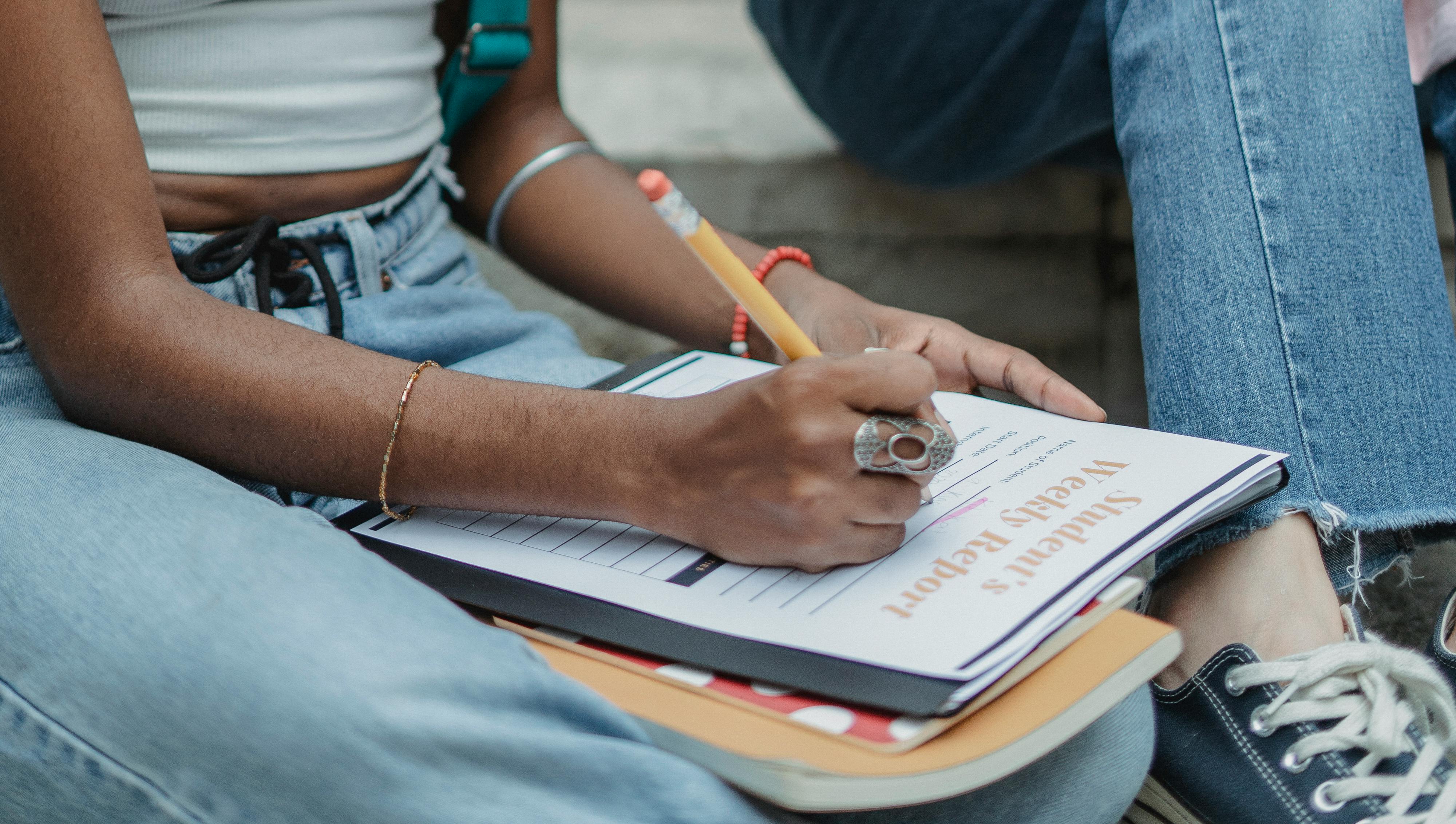Free Task Boxes for Special Education: Practical Guide & Uses
Helping students succeed with structure and creativity is more achievable than ever thanks to free task boxes for special education. These simple yet powerful tools are reshaping how teachers support diverse learners. In this guide, we’ll explore their uses, benefits, and how you can implement them easily and affordably.

Understanding the Fundamentals
Task boxes are educational tools used in special education to teach, reinforce, and generalize essential skills through hands-on activities. They’re typically small containers filled with structured tasks tailored to a student’s learning level and goals.
Historically, task boxes emerged as part of structured teaching methods, especially for learners on the autism spectrum. Today, they are widely adopted across special education environments due to their consistency, flexibility, and positive impact on student engagement.
1.1 What Are Task Boxes?
Task boxes are self-contained educational kits, often used in centers, morning work, or independent work stations. Examples include matching shapes, sorting colors, sequencing steps, and simple math or literacy activities.
Studies show that using structured work systems, like task boxes, helps increase student independence, reduces off-task behaviors, and improves mastery of individual goals.
1.2 Why Task Boxes Matter
Unlike worksheets or verbal instruction, task boxes are tactile, repeatable, and visual—elements proven effective in special education. Their hands-on nature provides immediate feedback, reducing frustration for learners who may struggle with abstract concepts.
Moreover, they offer consistency and predictability, which are essential for students with autism and other developmental delays. Many educators use them to support Individualized Education Program (IEP) goals.
Practical Implementation Guide
Applying the power of free task boxes for special education in your classroom starts with understanding the student’s needs and aligning activities with specific skills. With the right plan, results are visible within weeks—from increased independence to improved academic outcomes.

2.1 Actionable Steps
- Identify Goals: Pinpoint what you want the student to learn—fine motor skills, math facts, sorting, etc.
- Gather Materials: Use free or low-cost supplies like colored paper, plastic containers, Velcro, and clipart.
- Create & Label: Make simple, visual tasks and label each box clearly for easy recognition and routine building.
2.2 Overcoming Challenges
Common challenges when using task boxes include lack of time, insufficient resources, and mismatched skill levels. Here’s how to address them:
- Time Constraints: Start with 3-5 boxes, then expand weekly.
- Limited Budget: Use printable templates and repurpose household materials.
- Skill Gaps: Adjust complexity and always offer visual support.
Remember to rotate boxes frequently to maintain interest and to track student progress weekly for informed adjustments.
Advanced Applications
Once students are familiar with basic task boxes, it’s time to explore advanced options that foster collaboration, problem-solving, and multi-step thinking. These techniques work best after 3-6 weeks of consistent task box use.

3.1 Peer-Based Task Boxes
Peer task boxes are designed for two or more students to work together, promoting social interaction, communication, and shared problem-solving. These can include cooperative sorting games or role-based activities.
In one pilot program, using peer task boxes increased verbal exchanges among nonverbal students by 40% within two months.
3.2 Integrating Tech with Task Boxes
Combine task boxes with tablets or augmentative communication devices to build digital-literacy alongside life skills. You can scan QR codes that lead to videos or use voice-recording buttons for task instructions.
Make sure your tech tools are accessible and compatible with your students’ learning preferences and abilities.
Future Outlook
The role of free task boxes for special education is only expected to grow. With increasing demand for individualized learning strategies, task boxes are evolving with digital components, sensory integration, and cross-curricular design.
In the next 3-5 years, we anticipate schools adopting hybrid models of physical and digital task boxes, enhanced by AI-driven progress tracking and cloud-based customization.
Conclusion
Here are the key takeaways:
- Task boxes offer hands-on, structured learning experiences.
- They are easy to implement with low-cost or free materials.
- They significantly improve focus, independence, and academic progress.
If you’re new to special education tools, task boxes are a practical place to start. Download free templates or begin gathering materials to craft your own. Your students will thank you for the extra clarity and engagement.
Frequently Asked Questions
- Q: What is a task box in special education? A task box is a small container with a hands-on, self-contained activity designed to teach or reinforce a skill.
- Q: How do I start using task boxes? Begin by identifying student needs, designing simple tasks, and introducing 2-3 boxes into daily routines.
- Q: How much time do they take to implement? Initial setup may take a few hours, but daily use is minimal—just 10-15 minutes per student session.
- Q: Are task boxes expensive? Not at all. Many are made with dollar-store items or printable resources, and free versions are widely available.
- Q: How do they compare to worksheets? Task boxes are more interactive and tailored, offering tactile and visual learning that many students find more engaging.
- Q: Are task boxes difficult to manage? With clear labeling and a storage system, they’re quite easy to maintain. Routine helps students use them independently.
- Q: Can they be adapted for high school or older learners? Absolutely. Task boxes can teach life skills, job training, and academic review at any level by adjusting complexity.

